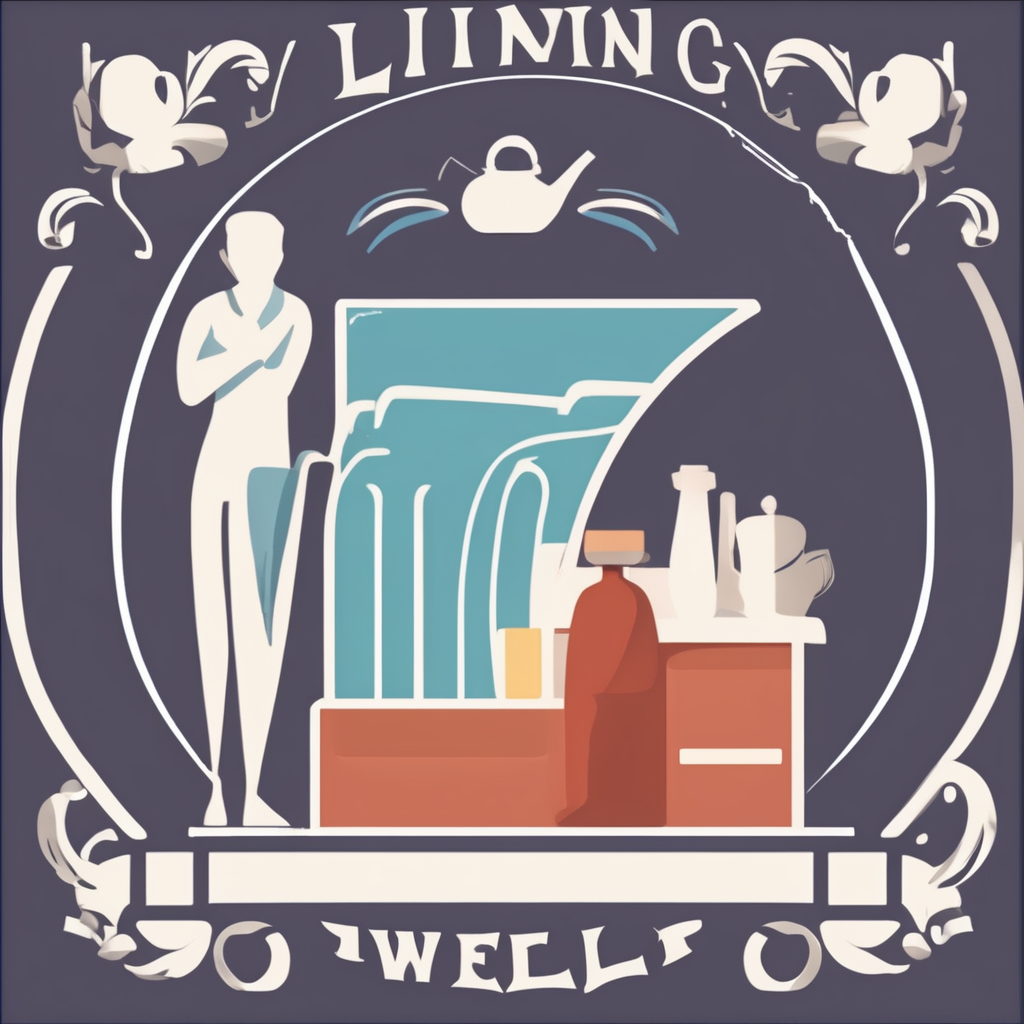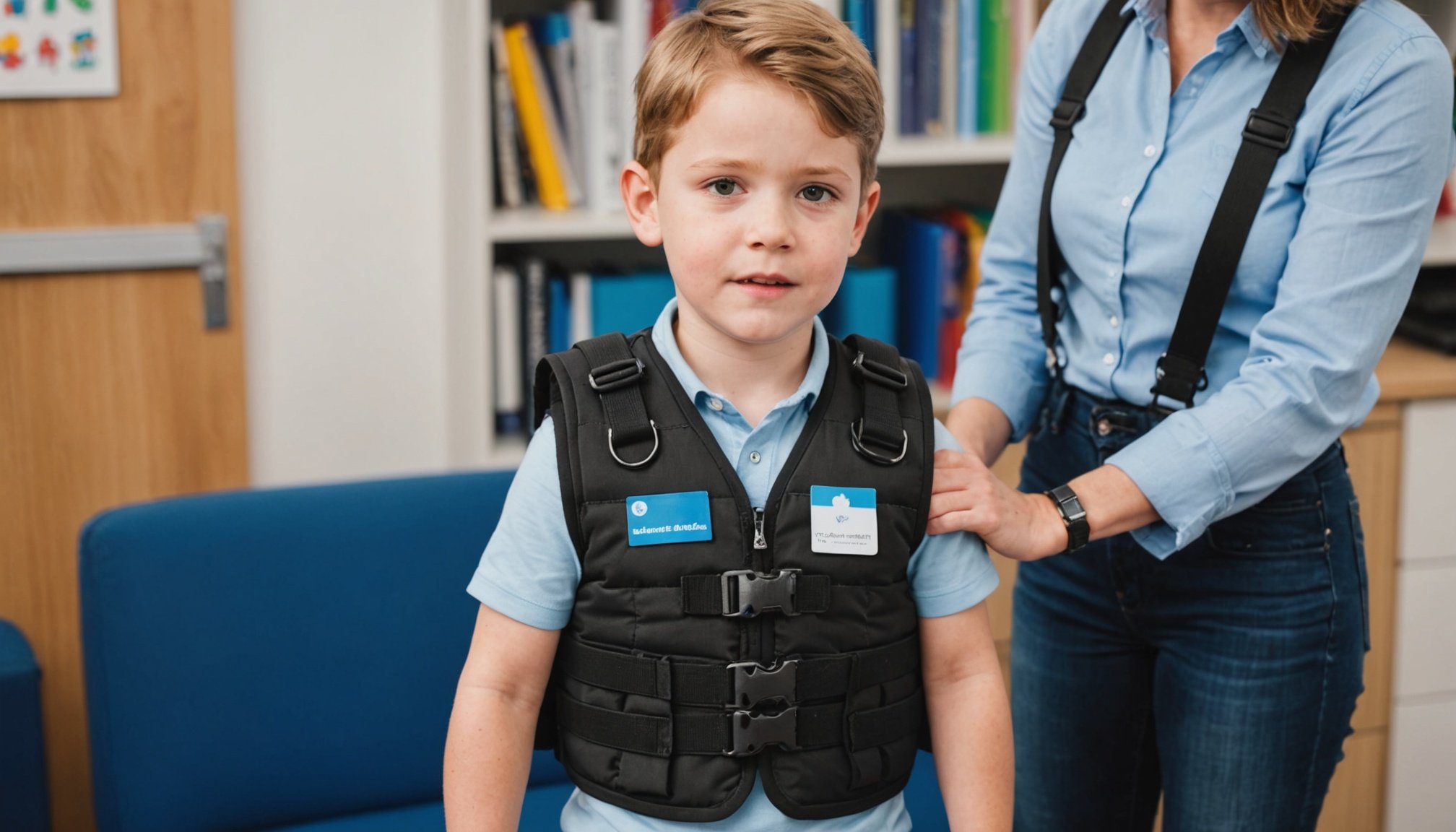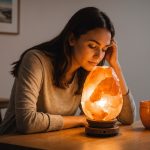Unlocking Calm: The Benefits of Weighted Vests and Deep Pressure Stimulation for Children with Autism
Understanding Autism and Sensory Processing
Autism, or Autism Spectrum Disorder (ASD), is a complex neurodevelopmental disorder that affects how individuals perceive and interact with their environment. One of the key challenges many children with autism face is sensory processing. Sensory processing refers to the way the brain interprets and integrates sensory information from the environment, such as sights, sounds, smells, tastes, and textures.
For children with autism, sensory experiences can be overwhelming or underwhelming, leading to behaviors like arm flapping, rocking, or other forms of stimming (self-stimulatory behaviors). These behaviors are often coping mechanisms to regulate their sensory input and manage stress or anxiety[4].
Also read : Discover top orthopaedic solutions to enhance your comfort
The Concept of Deep Pressure Stimulation
Deep Pressure Stimulation (DPS) is a therapeutic technique that involves applying gentle but firm pressure to the body. This pressure can be provided through various tools, including weighted vests, weighted blankets, and even activities like hugging or squeezing.
DPS has been shown to have a calming effect on the nervous system, helping to reduce anxiety, stress, and overstimulation. The pressure stimulates the brain to release serotonin, a neurotransmitter that helps regulate mood, reducing feelings of anxiety and promoting relaxation[2][5].
Have you seen this : Understanding autophobia: overcoming the fear of solitude
Benefits of Weighted Vests for Children with Autism
Weighted vests are designed to provide deep pressure stimulation, and they offer several benefits for children with autism:
Calming and Soothing Effects
Weighted vests can significantly reduce anxiety and stress in children with autism. The deep pressure input helps to calm the nervous system, making it easier for children to manage overwhelming sensory environments. For example, a child who becomes anxious in noisy public places might find comfort and calmness when wearing a weighted vest[5].
Improved Focus and Attention
By providing a constant, gentle pressure, weighted vests can help children with autism improve their focus and attention. This is particularly beneficial in educational settings where maintaining attention is crucial. The vest can help the child feel more grounded and less distracted by their surroundings[1][5].
Enhanced Motor Skills and Coordination
Weighted vests can also aid in the development of fine and gross motor skills. The added weight provides proprioceptive input, which helps the child become more aware of their body position and movement. This can be especially helpful for children who struggle with balance or coordination[1].
Comfort and Better Sleep
Similar to weighted blankets, weighted vests can promote relaxation and improve sleep quality. The deep pressure stimulation can help the child unwind and prepare for sleep, leading to better rest and improved overall well-being[1].
How Weighted Vests Work
Weighted vests work by distributing weights evenly across the body, typically in the form of removable weights or weighted pockets. Here are some key features to look for in a weighted vest:
- Adjustable Weights: Many vests come with removable weights that can be adjusted according to the child’s needs. This allows for a customized fit and ensures the child receives the right amount of deep pressure stimulation[5].
- Breathable Fabric: To prevent overheating, weighted vests are often made from breathable materials like neoprene with ventilation holes or mesh panels. This ensures the child stays comfortable even during extended wear[5].
- Adjustable Size: Vests with velcro straps and side panels allow for easy adjustments, ensuring a comfortable fit as the child grows. This feature is particularly useful for long-term use[5].
Practical Strategies for Using Weighted Vests
Here are some practical strategies for incorporating weighted vests into your child’s daily routine:
Integrating into Daily Activities
- School and Homework: Use the weighted vest during school hours or while doing homework to help your child stay focused and calm.
- Outdoor Activities: The vest can be worn during outdoor play to provide a sense of security and stability in dynamic environments.
- Bedtime Routine: Incorporate the weighted vest into the bedtime routine to help your child relax and prepare for sleep.
Combining with Other Therapies
- ABA Therapy: Weighted vests can be used in conjunction with Applied Behavior Analysis (ABA) therapy to enhance the effectiveness of behavioral interventions.
- Occupational Therapy: Occupational therapists can recommend specific activities that, when combined with the weighted vest, can improve sensory integration and motor skills[3].
Monitoring and Adjusting
- Start Slowly: Introduce the weighted vest gradually, starting with short periods and increasing the duration as the child becomes accustomed to it.
- Observe and Adjust: Monitor your child’s response to the vest and adjust the weights or wearing time as needed to ensure maximum comfort and benefit.
Table: Comparing Weighted Vests and Weighted Blankets
| Feature | Weighted Vest | Weighted Blanket |
|---|---|---|
| Portability | Highly portable, can be worn during various activities | Less portable, typically used for sleeping or sitting |
| Adjustability | Often comes with adjustable weights and straps | Usually has fixed weights, but some models offer adjustable weights |
| Breathability | Designed with breathable materials to prevent overheating | Can be made from a variety of materials; some models are more breathable than others |
| Proprioceptive Input | Provides continuous proprioceptive input during wear | Provides proprioceptive input primarily when lying down or sitting |
| Usage | Can be used during the day for focus and calmness | Primarily used at night for sleep improvement |
| Age Range | Suitable for children and adults | Suitable for children and adults, but often recommended for older children and adults due to weight distribution |
Real-Life Examples and Testimonials
Many parents and caregivers have seen significant improvements in their children’s behavior and well-being after introducing weighted vests.
“For my child, the weighted vest has been a game-changer. He wears it during school and it helps him stay focused and calm. The first time he wore it, he had the biggest grin on his face and told me he felt ‘hugged’ all day,” said a parent who recently started using a weighted vest for their child with autism.
Another parent shared, “The vest was easily customizable, and my child loved the pressure of being velcroed in tightly. It’s not very heavy, but it makes a huge difference in his behavior and mood.”
Frequently Asked Questions About Weighted Vests
What is the ideal weight for a weighted vest?
The ideal weight for a weighted vest varies depending on the child’s size and comfort level. Generally, it is recommended to start with about 10% of the child’s body weight and adjust as needed.
Can weighted vests be used for other conditions besides autism?
Yes, weighted vests can be beneficial for individuals with other sensory processing challenges, such as ADHD, ADD, and even dementia. They can also help individuals with anxiety disorders or those who experience sensory overload.
How long should my child wear the weighted vest?
The duration of wear can vary, but it is typically recommended to start with short periods (e.g., 30 minutes) and gradually increase as the child becomes accustomed to the vest.
Weighted vests and deep pressure stimulation offer a powerful tool for helping children with autism manage their sensory processing challenges. By providing a calming, soothing, and grounding effect, these vests can improve focus, enhance motor skills, and promote better sleep.
As you explore the benefits of weighted vests, remember to integrate them into your child’s daily routine thoughtfully, combining them with other therapies and activities to maximize their effectiveness. With the right approach and support, these tools can make a significant difference in the lives of children with autism, helping them navigate their world with greater ease and confidence.
Additional Resources
For those looking to delve deeper into the topic, here are some additional resources:
- Protac Sensory Products: These products, including weighted vests and blankets, are specifically designed for individuals with sensory sensitivities and offer a range of benefits for emotional regulation and focus[1].
- ABA Therapy Centers: Many centers offering ABA therapy also provide resources and guidance on using weighted vests as part of a comprehensive treatment plan[3].
- Support Groups and Online Communities: Joining support groups or online forums can provide valuable insights and advice from other parents and caregivers who have used weighted vests with their children[3].
By leveraging these resources and understanding the benefits of weighted vests, you can help your child with autism find greater calm and stability in their daily life.











